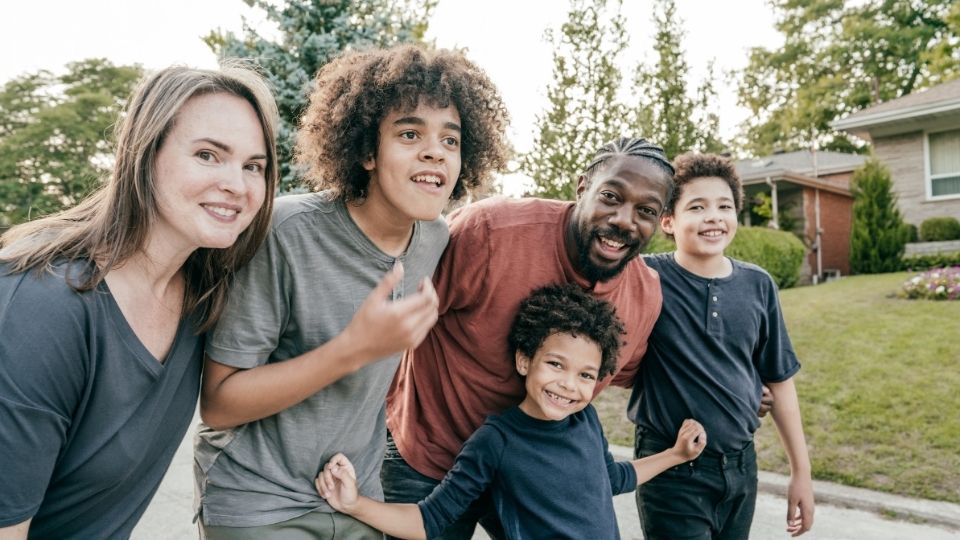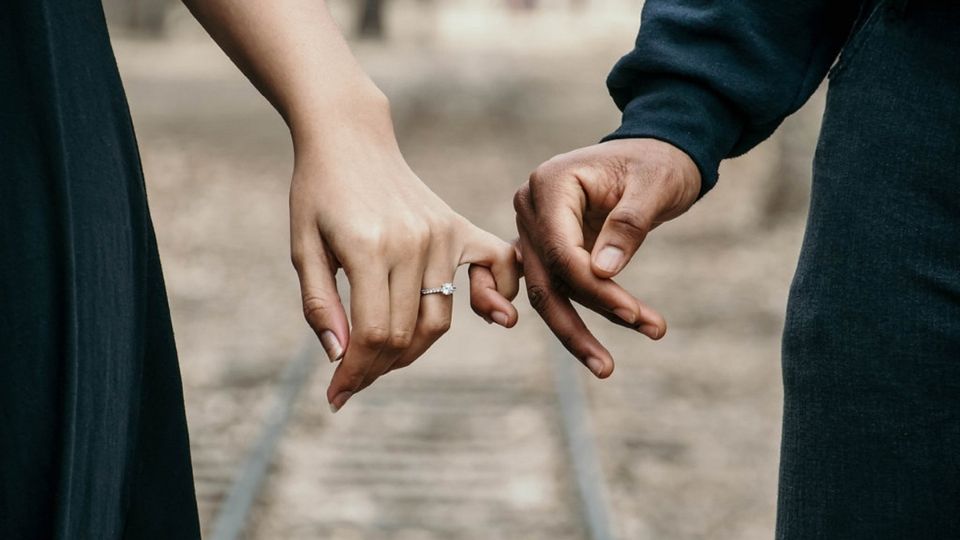Dating in Later Life

No one likes to be alone, and that includes older adults. If you are over the age of 65 and do not have a spouse/partner who lives with you, some of the following research and tips may be helpful for you. The majority of adults over 65 are unmarried (Brown & Shinohara, 2013), but there seems to be a stereotype that older adults are “asexual” and that they should not seek romantic relationships (Fileborn, Thorpe, Hawkes, Minichiello, & Pitts, 2015, p. 68). However, research shows that there is still a need for intimacy in older adulthood (Bulcroft & Bulcroft, 1991). Cultural messages to the contrary may discourage those in later life from accepting their desires and creating fulfilling relationships. While it is true that the likelihood that an older adult is dating decreases with age (Brown & Shinohara, 2013), there are still older adults who want to create new relationships (Fileborn et al., 2015).
Dating in later life has been studied in several First World countries, including Sweden (Bildtgard & Oberg, 2017), Australia (Fileborn et al., 2015), Canada (Wada, Clarke, & Rozanova, 2015), and the United States (Watson & Stelle, 2011). However, there is still much to be learned as these studies primarily focused on healthy and active middleclass Caucasians in their 50s to 80s, especially women. These individuals were more likely to still be independent so the information in these studies and this fact sheet may not reflect the experiences of the older elderly (80+; Bulcroft & O’Connor, 1986) or those who are dependent on others for their care. The purpose of this fact sheet is to summarize the experience of older adults who decide to date or not date in later life, with some tips if you find yourself or someone you know in these categories.
Among older adults, those who are most likely to be dating come from the following categories: younger, male, divorced, Black, wealthier, have better health, participate in social organizations, have a good relationship with their siblings, can still drive, work, or have college degrees (Brown & Shinohara, 2013; Dickson, Hughes, & Walker, 2005). Men have a larger dating pool due to the longer life expectancy of women and the cultural message that men should date younger women. The men are also more likely to want to remarry than the women (Brown & Shinohara, 2013). Their desire to repartner causes them to be less selective, compared to women, who are ironically selective of their partners, even in later life when they have fewer options (Alterovitz & Mendelsohn, 2011).
Dating in later life is different in some ways and similar in other ways to dating in young and middle adulthood. In younger dating relationships, women often seek to find a man who will be a good provider, a good father, or someone they can build a life with, or men will seek women who will be good mothers. In the later years, these needs become less of a priority (Watson & Stelle, 2011). In addition to these shifting priorities, what is considered attractive changes. Whereas older men may still look for an attractive physical appearance and youthfulness in the women they choose to date, women, in general, are less concerned with looks and instead pay attention to the socioeconomic status, occupational success, intelligence, and communication skills of the men they choose to date (Fileborn et al., 2015; McWilliams & Barrett, 2014; Wada et al., 2015). In terms of similarities, however, both older men and women still enjoy many of the same dating activities that younger couples do (e.g. going to the movies, playing games, and eating out; Dickson et al., 2005).
With this information in mind, consider the following reasons why single older adults do and do not engage in dating at this stage of their lives:
Reasons for Dating
- Emotional support – When a spouse dies or leaves, it is natural for the remaining partner to feel lonely and to miss the intimate relationship and couple-oriented social life that they once had. Men often experience this more than women because they tend to have relied primarily on their wives for emotional support and social contacts. Thus, men may be more interested in dating and remarriage after their divorce or the passing of their spouse in order to create a social network of their own (Bildtgard & Oberg, 2017), and have an avenue for intimate exchanges (Bulcroft & O’Connor, 1986) and self-disclosure (McElhany, 1992). Women, on the other hand, tend to have a broader social network of friends and family members who can provide emotional support and closeness, making women less likely to seek a new partner as a way to fulfill their emotional needs (Fileborn et al., 2015).
- Relieve the burden on children and friends – When an older adult gets divorced or becomes widowed, they naturally turn to their children and friends for both support and entertainment. By finding a new partner, the older individual can stop relying on them, and instead start relying on the new partner. Research has found that for some older adults, relying on a partner is considered more preferable to relying on friends, family, or even the state. This helps the individual feel more autonomous, making their interactions with their children and friends a choice instead of a necessity (Bildtgard & Oberg, 2017).
- Companionship – The desire for companionship is a particularly motivating reason to date in later life (Fileborn et al., 2015). Many older adults want someone they can talk to about their day, the problems their children are going through, and their health complaints (Dickson et al., 2005), but not just any friend will do. Older adults in one study commented that they longed for the difference in the topics of conversation and the activities of preference that came with having a romantic partner of the opposite sex, as opposed to same-sex friends (Watson & Stelle, 2011). In addition, older individuals tend to have more leisure time so finding a friend to do things with is an attractive idea. For this reason, one study found that shared preferences for leisure time activities may be more important than shared attitudes or beliefs in building a dating relationship in later life (Bulcroft & O’Connor, 1986).
- Physical affection – Many older adults miss the physical affection they received in a previous relationship. However, this is not necessarily referring to sex, although it could be, depending on the individual’s beliefs about the place of sex in dating relationships. Holding hands, hugging, and kissing are valued ways of connecting for older adults, and dating relationships often provide ideal opportunities for these displays of affection to take place (Watson & Stelle, 2011).
- Prestige – Some older adults, especially women, feel that having a dating partner provides them with a level of prestige, an enhanced sense of identity, and esteem from their peers (Watson & Stelle, 2011).
- Personal well-being – Dating in later life has been found to improve one’s level of well-being. For example, older women with romantic partners have better mental health than single older women (Fileborn et al., 2015). In addition, individuals in romantic relationships are “better able to withstand the inevitable erosions of later life” (Huyck, 2001, p. 15). Finally, “[i]ncreased social ties, participation in groups, contact with friends and family, and perceived social support are associated with longer survival,” meaning that supportive dating relationships can actually contribute to older adults living longer (Hategan, Bourgeois, Parthasarathi, & Ambrosini, 2016, p. 76).
Reasons for Not Dating
- Restrictions – Some simply choose not to date, but others remain single due to mobility or health restrictions that make it difficult to meet new people or maintain relationships (Fileborn et al., 2015).
- Past experiences – Because of unfulfilling relationships in the past, some women have learned to manage livingon their own and do not want to risk being in another unsatisfying relationship (Fileborn et al., 2015). Even if their past experiences with romantic relationships have not been negative, some women still feel a sense of “been there, done that” in terms of dating and marriage (Watson & Stelle, 2011, p. 271).
- Lack of good options – Some older individuals do not date because they feel that there are not very many decent people out there that they could date without abandoning their standards. For example, some feel unsatisfied with potential partners because they want intimacy, not just sex. One woman stated that the kind of man that she would be interested in dating would probably already have a partner. Others cannot find partners who will accept them as they are and they do not want to change to attract a partner (Fileborn et al., 2015). Women, who have a smaller dating pool, sometimes feel like they have to settle for less favorable partners or resort to dating younger men (Dickson et al., 2005).
- Loss of independence – Many women who were interviewed mentioned fearing they would lose their sense of independence if they got into a dating relationship again. This reason to not date can be split into two categories: fear of caretaking and fear of losing one’s lifestyle.
- Fear of caretaking – Many of the women who were interviewed had spent years raising children and caring for their families and homes. With their children now grown, and their spouse having either died or left, they had found a sense of freedom from these obligations, which they learned to enjoy. They had come to favor independence over companionship (Dickson et al., 2005). They feared that if they started a new relationship, they would be forced back into the traditional roles that they had once fulfilled (Bulcroft & Bulcroft, 1991). The fear of having to assume the role of caretaker for an aging partner was especially prevalent, as was the fear of having to financially provide for a partner, not to mention not wanting to risk being hurt by watching another partner die (Dickson et al., 2005; Watson & Stelle, 2011). This was described by Dickson et al. (2005) as the “Nurse and Purse” trend (p. 74). Whereas a relationship used to be a necessity for women to have their financial needs met, today’s financial security and access to higher education makes it so finding a partner is no longer a necessity, but rather a choice (Fileborn et al., 2015).
- Fear of losing one’s lifestyle – This was especially a reason for not wanting to marry in later life (Dickson et al., 2005). If they were not afraid of losing their independence, many older women had become accustomed to and confident in living on their own. They had created very fulfilling lives for themselves, filled with hobbies, friends, and family, and felt that finding a new relationship (that was not a necessity) would require a lot of energy, which they did not want to expend (Fileborn et al., 2015). Or they did not want their lifestyle to be hampered by their partner’s declining health (Dickson et al., 2005). In addition, some just wanted to be able to come and go with minimal commitment and not be tied down to a relationship (Fileborn et al., 2015). This desire to maintain a relationship but not have it infringe on one’s lifestyle has led to a growing trend toward what is called Living Apart Together, or LAT, which occurs when dating partners are highly committed to each other, but choose to live in separate residences (Benson & Coleman, 2016).
While all of this information is based on generalizations, it should not be viewed as an exhaustive summary of older adults’ dating experiences. Each older individual’s experiences and desires with regard to dating will be different. Each needs to evaluate which reasons for or against reengaging in dating in later life are most important to them.
References
- Alterovitz, S. S.-R. & Mendelsohn, G. A. (2011). Partner preferences across the lifespan: Online dating by older adults. Psychology of Popular Media Cdulture, 1(S), 89-95.
- Benson, J. J. & Coleman, M. (2016). Older adults developing a preference for living apart together. Journal of Marriage & Family, 78, 797-812.
- Bildtgard, T. & Oberg, P. (2017). New intimate relationships in later life: Consequences for the social and filial network. Journal of Family Issues, 38(3), 381-405.
- Brown, S. L. & Shinohara, S. K. (2013). Dating relationships in older adulthood: A national portrait. Journal of Marriage and Family, 75, 1194-1202.
- Bulcroft, R. A. & Bulcroft, K. A. (1991). The nature and functions of dating in later life. Research on Aging, 13(2), 244-260.
- Bulcroft, K. & O’Connor, M. (1986). The importance of dating relationships on quality of life for older persons. Family Relations, 35(3), 397-401.
- Fileborn, B., Thorpe, R., Hawkes, G., Minichiello, V., & Pitts, M. (2015). Sex and the (single) older girl: Experiences of sex and dating in later life. Journal of Aging Studies, 33, 66-75.
- Dickson, F. C., Hughes, P. C., & Walker, K. L. (2005). An exploratory investigation into dating among later-life women. Western Journal of Communication, 69(1), 67-82.
- Hategan, A., Bourgeois, J. A., Parthasarathi, U., & Ambrosini, D. L. (2016). Counseling geriatric patients about opportunity and risk when ‘digital dating.’ Current Psychiatry, 15(7), 75- 7.
- Huyck, M. H. (2001). Romantic relationships in later life. Generations, 9-17.
- McElhany, L. J. (1992). Dating and courtship in the later years. Generations, 16(3), n.p.
- McWilliams, S. & Barrett, A. E. (2014). Online dating in middle and later life: Gendered expectations and experiences. Journal of Family Issues, 35(3), 411-36.
- Wada, M., Clarke, L. H., & Rozanova, H. (2015). Constructions of sexuality in later life: Analyses of Canadian magazine and newspaper portrayals of online dating. Journal of Aging Studies, 32, 40-49.
- Watson, W. K. & Stelle, C. (2011). Dating for older women: Experiences and meanings of dating in later life. Journal of Women & Aging, 23(3), 263-275
Authors
Jennifer Viveros; Dr. David Schramm
Related Research


































